August 19, 2020
March 5th, 2020 was a significant day for Aria Marketing, our fellow PR practitioners, and the Healthcare industry in general. This was the day that the HIMSS annual conference was canceled for the first time in the show’s 58-year history, ushering in a dramatic change in the trade show landscape as, one by one, all the conferences we had attended for years were canceled, postponed, or rescheduled as virtual events due to COVID-19.
It’s hard to believe it was less than six months ago that our industry, like many others, was forced to reimagine how to continue to function in the midst of a pandemic. Though it’s only one of many changes, the pivot from live to virtual events has required a good amount of effort and resetting of expectations. For PR pros like us, there are some obvious benefits to going virtual. No more time spent rushing around a labyrinthine show floor to track down reporters and escort them to a client’s booth. No more media briefings starting late due to someone getting lost or sidetracked. But, there are plenty of negatives as well. Beyond the obvious lack of live interactions, we also miss the ability to flag down a reporter on the fly for an impromptu hallway chat or the ability to enjoy a drink and some discussion with our peers after hours.
As public relations professionals, we’ve had to reevaluate our role in supporting our clients’ virtual trade show presence. And luckily, we’ve realized we can continue to add value in a number of ways. Here are just a few:
Publicize Event Attendance
This is one area that hasn’t changed much from pre-pandemic. Just like before, we help our clients promote their involvement throughout the life-cycle of an event. Pre-event, there are many opportunities to publicize a client’s attendance through social channels, company blogs, and direct emails, to name a few. If the client is presenting at the show, then a press release or media alert might be appropriate. During the show, tweeted screen shots of the virtual meeting replace show floor and booth pictures, but the use of event hashtags to engage with attendees remains the same. Post-show, sharing an executive’s event take-aways or a recorded presentation are ways to continue to keep your audience engaged.
Media Relations: Cast a Wider Net
In recent years, cost-cutting initiatives and budget restrictions have taken their toll on the number of reporters attending trade shows. But, with virtual shows, travel and lodging budgets are no longer a limiting factor, and PR pros can cast a wider net when conducting media outreach to schedule virtual show briefings. At Aria, we’ve even found we’ve been able to convince reporters who weren’t planning on joining an event to do so now that certain barriers have been lifted.
Act as a Third-Party Sounding Board
PR pros have always played a key role in helping to craft company messages, but this role has become even more vital in the time of Corona. An audience going through a traumatic experience has a lower tolerance for anything too self-promotional or that doesn’t add real value to their lives. A PR pro is the perfect person to vet the presentation (and all external company messaging) to ensure it will benefit and engage the audience and won’t ruffle any feathers.
We all look forward to a day when things will return to “normal,” but, even then, we think virtual events are here to stay. Though many of our industry’s biggest events will return to a live format, they may retain some virtual elements, and other shows may choose to remain completely virtual. So, best to start embracing the concept now and working with your public relations team to make the most of these virtual experiences.
Are you a virtual events pro with tips to share, or a newbie with questions? Great! We want to hear from you. Tweet us @ariamarketing and let’s continue the conversation!

